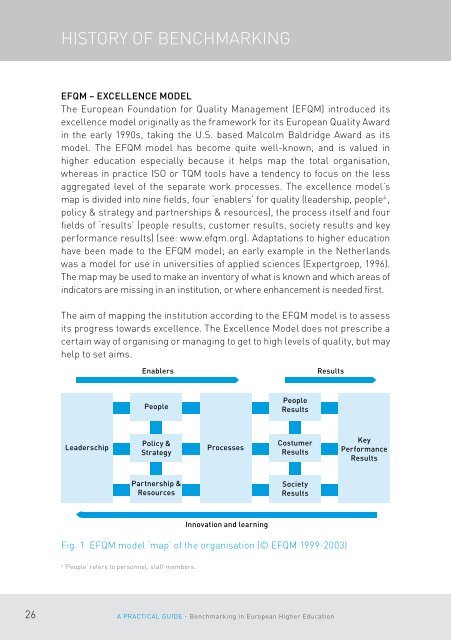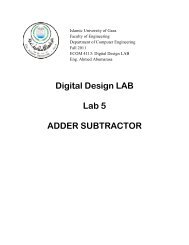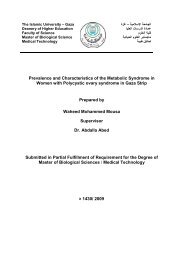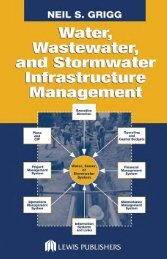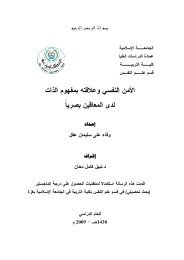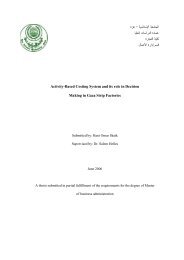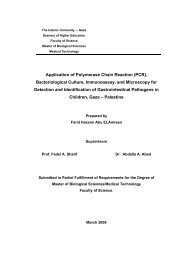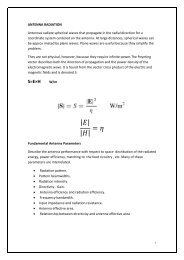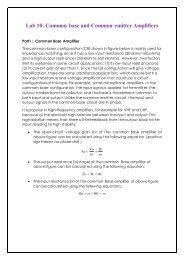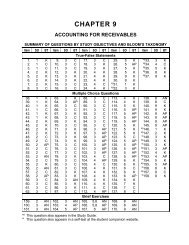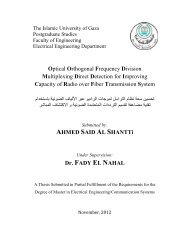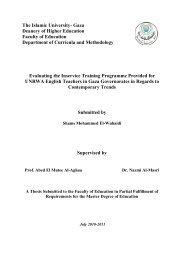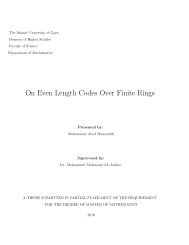A prActicAl guide Benchmarking in european Higher education
A prActicAl guide Benchmarking in european Higher education
A prActicAl guide Benchmarking in european Higher education
You also want an ePaper? Increase the reach of your titles
YUMPU automatically turns print PDFs into web optimized ePapers that Google loves.
HISTORY OF BENCHMARKING<br />
EFQM – Excellence Model<br />
The European Foundation for Quality Management (EFQM) <strong>in</strong>troduced its<br />
excellence model orig<strong>in</strong>ally as the framework for its European Quality Award<br />
<strong>in</strong> the early 1990s, tak<strong>in</strong>g the U.S. based Malcolm Baldridge Award as its<br />
model. The EFQM model has become quite well-known, and is valued <strong>in</strong><br />
higher <strong>education</strong> especially because it helps map the total organisation,<br />
whereas <strong>in</strong> practice ISO or TQM tools have a tendency to focus on the less<br />
aggregated level of the separate work processes. The excellence model’s<br />
map is divided <strong>in</strong>to n<strong>in</strong>e fields, four ‘enablers’ for quality (leadership, people 4 ,<br />
policy & strategy and partnerships & resources), the process itself and four<br />
fields of ‘results’ (people results, customer results, society results and key<br />
performance results) (see: www.efqm.org). Adaptations to higher <strong>education</strong><br />
have been made to the EFQM model; an early example <strong>in</strong> the Netherlands<br />
was a model for use <strong>in</strong> universities of applied sciences (Expertgroep, 1996).<br />
The map may be used to make an <strong>in</strong>ventory of what is known and which areas of<br />
<strong>in</strong>dicators are miss<strong>in</strong>g <strong>in</strong> an <strong>in</strong>stitution, or where enhancement is needed first.<br />
The aim of mapp<strong>in</strong>g the <strong>in</strong>stitution accord<strong>in</strong>g to the EFQM model is to assess<br />
its progress towards excellence. The Excellence Model does not prescribe a<br />
certa<strong>in</strong> way of organis<strong>in</strong>g or manag<strong>in</strong>g to get to high levels of quality, but may<br />
help to set aims.<br />
Enablers<br />
Results<br />
People<br />
People<br />
Results<br />
Leaderschip<br />
Policy &<br />
Strategy<br />
Processes<br />
Costumer<br />
Results<br />
Key<br />
Performance<br />
Results<br />
Partnership &<br />
Resources<br />
Society<br />
Results<br />
Innovation and learn<strong>in</strong>g<br />
Fig. 1 EFQM model ‘map’ of the organisation (© EFQM 1999-2003)<br />
4<br />
‘People’ refers to personnel, staff members.<br />
26 A Practical Guide - <strong>Benchmark<strong>in</strong>g</strong> <strong>in</strong> European <strong>Higher</strong> Education


